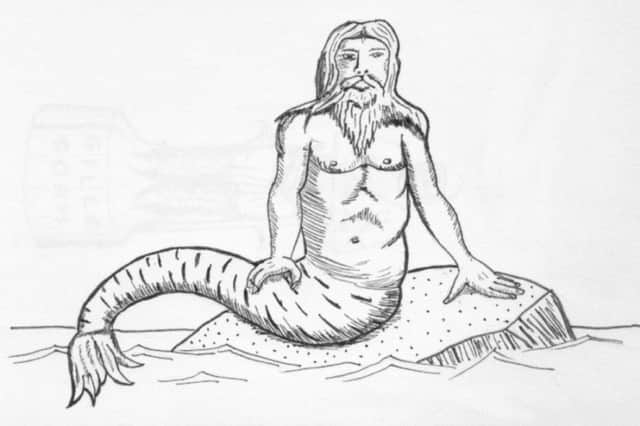Scottish folklore traditions in danger of dying out


A survey has revealed that nearly a quarter of people are unable to name even just one myth, while more than two-thirds said they will not pass on stories to their children.
It shows that majority of people have not heard a traditional story in the past two years, putting at risk a compendium of narratives stretching back centuries.
Advertisement
Hide AdAdvertisement
Hide AdThe Folklore Society, a charitable body devoted to the study of all aspects of folklore, described the trend as “deeply saddening” and urged members of the public to keep old stories alive by sharing them with family members.
In response, it has compiled a dedicated folklore map of Britain, which includes a clutch of Scottish tales.
They include some well-known legends, such as that of the Loch Ness monster, and the legend of how King Arthur used Arthur’s Seat in Edinburgh as a vast throne.
Others, however, have largely fallen out of the public consciousness. They include the Laird’s Brownie in Dalswinton, Dumfries-shire, which tells of a kindly spirit which served a local laird, even helping the save the life of its master’s daughter by fetching the midwife in an emergency.
The society also highlighted the Borders legend of Thomas the Rhymer, who is reputed to have met a fairy queen in the Eildon Hills. After staying with her for what he thought was three days, he discovered he had been away for three years, during which he had acquired the gift of prophecy.
Jeremy Harte, a committee member of the Folklore Society, said: “Countries aren’t just made up of rocks and rivers. They’re also made up of the stories we tell each other, about the places we know. These tales give a special character to our homes, and poetry to our landscape.
“However, we’ve seen from this research that our rich folkloric tradition may be slipping through our fingers which is deeply saddening.”
Advertisement
Hide AdAdvertisement
Hide AdThe survey of 2,000 adults, commissioned by holiday firm Center Parcs, found on average, people can only name two legendary tales, although two-thirds of respondents said they believe traditional stories, myths, and legends help develop children’s imaginations.
LESSER KNOWN SCOTTISH LEGENDS
Black Donald
A cloven footed he-goat who gatecrashed card games, haunted buildings and caused unspeakable terror across the Highlands with his presence known by the sound of a clanking chain.
Blue Men of Minch
The blue-skinned creatures were believed to live in the water between Lewis and the mainland, looking for sailors to drown and boats to sink.
The Wulver
The brown hairy creature with the head of a wolf and the body of man lived alone in a cave on Shetland where he enjoyed a peaceful life. Taking pity on the needy, he would leave fish on the windowsills of the hungry and protect the homes of the ill.
White fairy cow of Calanais
A softly-spoken beast who provided a pail of milk for women at the Calanais standing stones. The giving was brought to an end when a visitor, thought to be a witch, milked the cow dry by placing a sieve on the bottom of her bucket.
Waterhorse of Nuckelavee
With a head ten times bigger than a man’s, breath like venom and a skinless body pumped full of black blood, this horse-like demon from Orkney was said to roam both land and sea in his mission to spread evil and fear.
